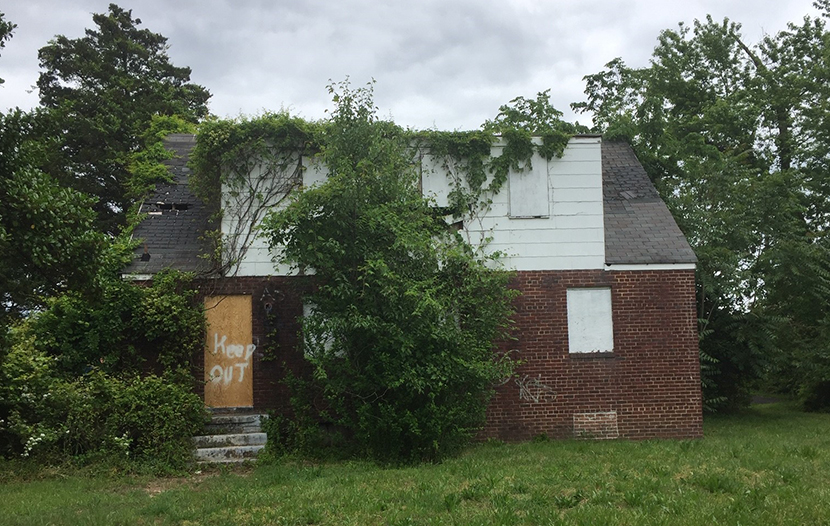
ATTOM: ‘Zombie’ Properties Diminish Amid Foreclosure Moratorium

First off, it wasn’t our idea to have a “zombie” story this close to Halloween. We at MBA NewsLink just report the news…
ATTOM Data Solutions, Irvine, Calif., reported 200,065 properties in the process of foreclosure in the fourth quarter, down by 7.3 percent from the third quarter. Of those, then number sitting empty—also known as “zombie” foreclosures, fell by 4.4 percent to 7,612.
The company’s quarterly Vacant Property and Zombie Foreclosure Report showed 1.6 million residential properties in the United States, representing 1.6 percent of all homes, are vacant. The portion of pre-foreclosure properties that have been abandoned into zombie status ticked up slightly, from 3.7 percent in the third quarter to 3.8 percent this quarter. Among the nation’s stock of 99.5 million residential properties, zombie properties continue to represent just a tiny fraction – only one of every 13,100 homes.
“Zombie foreclosures have been barely an issue around most of the country for over a year, and they’re even less of one now,” said Todd Teta, chief product officer with ATTOM Data Solutions. “A surprisingly strong housing market and a temporary ban on foreclosures continues to leave most neighborhoods without a single such property. All that could change in a flash when foreclosures are allowed to resume or if the Coronavirus takes a toll on the market. But for now, things are steady as they go, with the overall numbers down and the rates of zombie properties pretty much unchanged.”
The fourth-quarter data show a drop in homes at some point in the foreclosure process and virtually the same rate of zombie foreclosures during a time when the federal government continues trying to shield the housing market from an economic slide stemming from the worldwide Coronavirus pandemic. A key measure remains a temporary prohibition against lenders foreclosing on government-backed mortgages. The ban, which is currently in place until December 31 and affects about 70 percent of home loans in the United States, was enacted under the CARES Act passed by Congress in March and then extended to help borrowers who have lost jobs or other sources of income during the pandemic. Some private lenders also have voluntarily offered mortgage extensions.
The report said states with the highest zombie foreclosure rates remain clustered in the Midwest and South. States with at least 50 properties in foreclosure and vacant include Iowa (15.5 percent, or one in six properties), Kentucky (12 percent, or one in eight), Missouri (10.2 percent, or one in 10), Georgia (9.6 percent, or one in 10) and Maryland (9.2 percent, or one in nine).
“It’s worth noting that while foreclosure moratoria have caused the number of zombie properties to drop slightly, the percentage of foreclosure properties in zombie status has increased,” said Rick Sharga, executive vice president for RealtyTrac. “It’s likely that as the length of time it takes to execute a foreclosure continues to increase, we’ll also continue to see the percentage of vacant and abandoned foreclosure homes increase.”
States with the lowest rates are mostly in the Northeast and West, including Utah (1.3 percent, or one in 76 properties in the foreclosure process), Colorado (1.6 percent, or one in 62), New Jersey (1.7 percent, or one in 61), Idaho (2.2 percent, or one in 47) and California (2.2 percent, or one in 46). Zombie-foreclosure rates rose from the third quarter to the fourth quarter in 37 states and the District of Columbia.
The report said New York continues to have the highest actual number of zombie properties (2,131), followed by Florida (1,027), Illinois (934), Ohio (836), and New Jersey (346). California leads in the West, with 234.
“Some of the states with the highest rate of zombie foreclosure properties are also states that have been among the hardest hit by the COVID-19 pandemic,” Sharga said. “When the government bans on foreclosure activity expire, it wouldn’t be a surprise to see the number of defaults in those states increase more rapidly than in other parts of the country, and the number of zombie foreclosure properties rise more dramatically in those states as well.”
